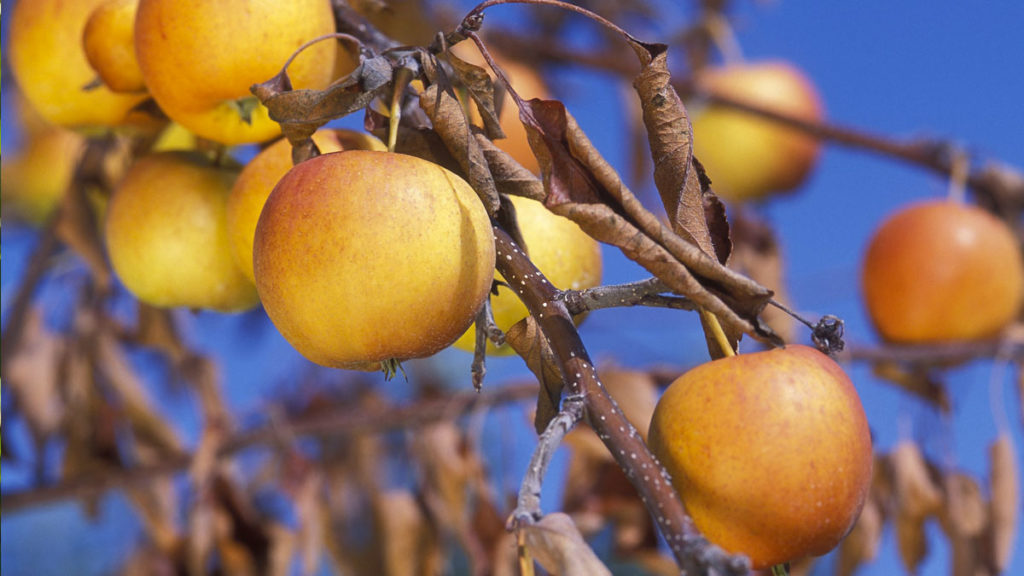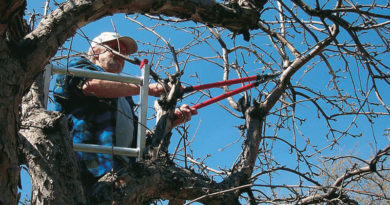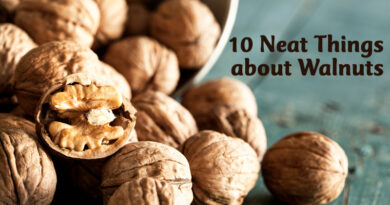Fire Blight Problem on Ornamental Fruit Trees
In Canada, fire blight, caused by the bacterium, Erwinia amylovora is a destructive disease of fruit trees and ornamental shrubs. Outbreaks seriously injure and kill pear, apple, crabapple, mountain ash, hawthorn, plum, chokecherry, saskatoon, cotoneaster and spirea in a single season.
The bacteria over-winter in cankers on infected trees. When it rains in springtime, bacteria are spread on the damp air. This causes new infections on twigs and blossoms of affected trees and adjacent healthy trees. Insects that suck, chew, bore and pollinate carry the bacteria tree to tree. The disease is also spread through the use of unsanitary pruning tools.
Symptoms
The first symptom of fire blight is wilting leaves that soon die and turn brown to black. When infected twigs, twisted into the shape of a shepherd’s hook, are numerous, trees appear as if fire scorched, hence the name “fire blight”. Dead leaves may remain on the trees well into winter, and as the disease progresses, cankers develop on the main stem and at branch nodes of affected trees.
Nothing cures the disease, but it can be controlled by a good maintenance program. Protect blossoms with fixed copper (Copper-spray 50WP) at 10 g/51 water. Apply with a sprayer when 10 per cent of the blossoms have opened. Repeat the spray when most are open and again when a few petals remain.
Spray entire trees or shrubs at 10-day intervals through the summer. Do not spray just before harvest.
During the growing season, prune to remove diseased twigs as they occur, continuing the process as long as newly affected twigs appear. In the dormant season, (October to April) prune and burn branches with large cankers and remove severely infected trees. Make pruning cuts at least 25 cm below the diseased area in healthy wood, and cover wounds over one cm with tree dressing.
Dip pruning tools after each cut in a solution of Lysol (50ml/l water) or household bleach (100 ml/1l water).
Preventative measures:
- remove root suckers at the base of trees,
- avoid using high-nitrogen fertilizers which promote succulent growth,
- spray for leaf hoppers, aphids and other leaf-feeding insects,
- treat cankers with chemical paints that kill bacteria (advice available from government agencies).
To read about how trees get by in extreme weather, click here.




